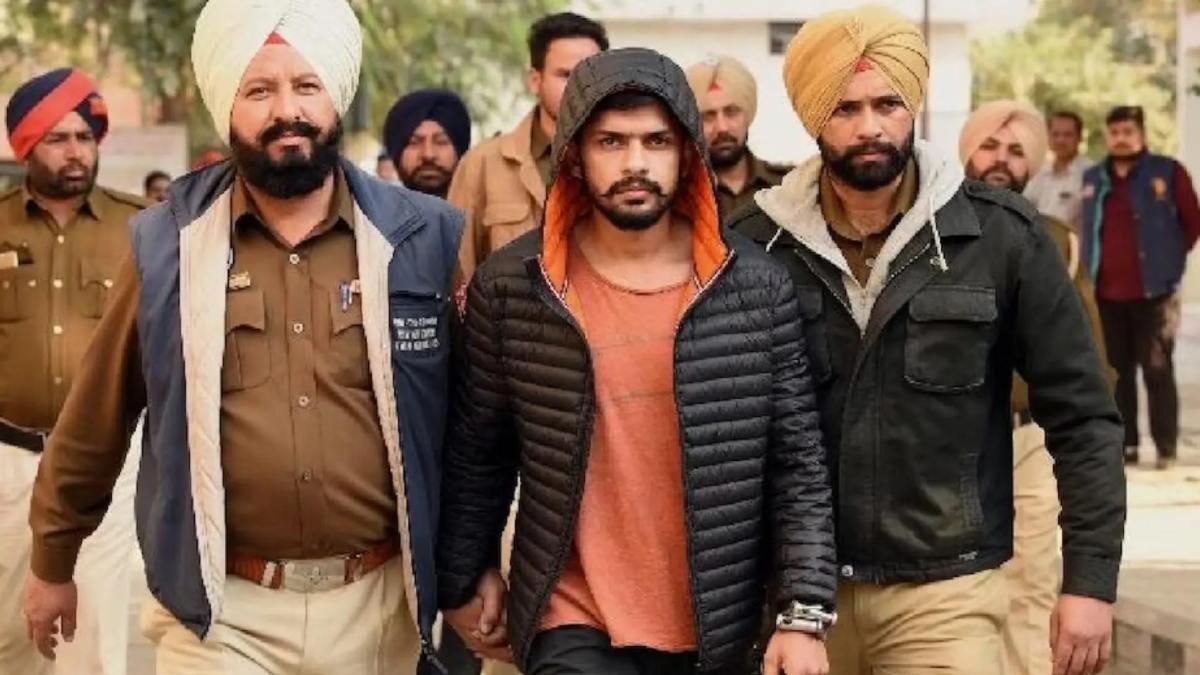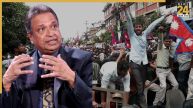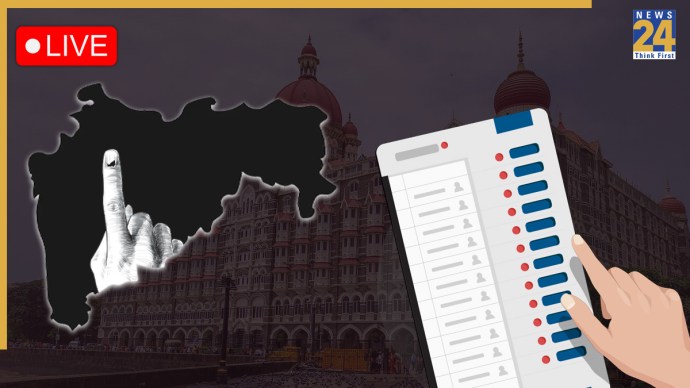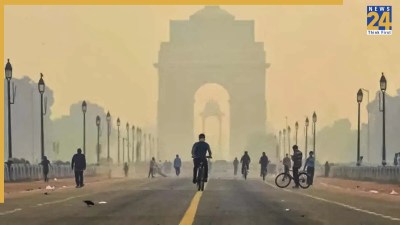The sensational murder of former Maharashtra minister and Nationalist Congress Party (NCP) leader Baba Siddique has ignited an intense debate about public safety and law enforcement in Mumbai. The planning, execution and timing of the sensational murder also point to the possible return of the underworld in Mumbai, especially in view of the fact that the Lawrence Bishnoi gang has claimed responsibility for the politician’s murder.
Baba Siddique, who was a popular political figure in Bollywood circles and had won a million hearts by helping the Covid-19 patients by providing them life-saving medicines during the deadly pandemic, was shot multiple times in broad daylight on October 12, 2024, near his son’s office in Bandra East during Dussehra celebrations.
Baba Siddique’s killers, believed to be associated with the Lawrence Bishnoi gang, shot him dead using the noise of firecrackers as a cover, further proving that the murder plot was prepared after meticulous planning.
The sensational killing of the NCP leader raises questions about the failure of the law and order machinery in Mumbai – an allegation made by firebrand Shiv Sena (UBT) MP Sanjay Raut, linking Baba Siddique’s murder to Gujarat, saying the so-called underworld is being run from the coastal state. Raut, while attacking the Eknath Shinde government, also alleged that Lawrence Bishnoi – a gangster lodged in Gujarat’s Sabarmati Jail who has assumed responsibility for the crime – posed a big challenge to Union Home Minister Amit Shah himself.
Amid intense politics over the ‘law and order failure’, it should not be forgotten that Mumbai – the financial capital of India – has in the past experienced its share of crime and violence involving the underworld. Baba Siddique, who was accorded a Y-category security, was gunned down by the attackers who managed to execute the crime in a manner reminiscent of past high-profile killings associated with the Mumbai underworld. Amid political firefighting over the issue, the Mumbai Police have arrested three suspects so far in connection with the case, while a few others – the mastermind, the handler – remain at large.
Investigations conducted so far have revealed that the shooters have links to various inter-state gangs with a history of violent crimes. The attackers have admitted before the Mumbai Police during the investigation that they conducted a recce of the NCP leader’s house and office and had been living in a rented house in Mumbai for about one and a half to two months.
The accused were also allegedly paid in advance for the crime and they had received delivery of arms just a few days ago – all this points to coordinated strategy and involvement of an organized crime network in the murder.
The murder, allegedly orchestrated by the dreaded gangster, who is languishing in the Sabarmati Jail in the custody of Gujarat ATS, further validates concerns regarding failure of the law enforcement agencies to deter organized crime. Moreover, it also highlights the prevalent issue of gang war spilling over into the public sphere, risking innocent lives. With Maharashtra’s history of gang violence and police encounters, the incident has evoked memories of the city’s notorious past, where mobsters held significant sway over politics and business.
Baba Siddique’s murder has sparked concerns that the Lawrence Bishnoi gang is trying to expand its presence in Mumbai. The notorious gang had already been blamed for killing the popular Punjabi Singer Sidhu Moosewala, threatening Bollywood superstar Salman Khan and has now claimed involvement in the murder of Baba Siddique. The connections suggest that old patterns of revenge-driven crimes could be re-emerging, where personal vendettas and gang wars are behind the high-profile killings. The use of young contract killers, with no criminal past and a cross-state network in planning and executing Baba Siddique’s murder mirrors methods reminiscent of Mumbai’s once-powerful underworld, suggesting a possible revival of organized crime syndicated once controlled by fugitive underworld don Dawood Ibrahim.
The incident also brings to light the larger issue of contract killings, where criminals from different states collaborate to execute high-profile assassinations for a big amount. This trend indicates a shift from the underworld’s old style of working to a more decentralized way of recruiting youths eager to enter the world of crime, making it even more challenging for law enforcement to detect and prevent such crimes. The ongoing probe is crucial in determining the extent of organized crime’s involvement and whether this case signals a deeper infiltration of criminal networks into Mumbai’s socio-political fabric.
Baba Siddique’s murder has triggered calls for a thorough probe by the CBI to ensure accountability and prevent political leaders from influencing the ongoing investigation. While a few arrests have been made, the whereabouts of the main conspirators and the exact motive behind the murder, remains unanswered. The Eknath Shinde-led Maharashtra government is now under scrutiny after the sensational broad daylight murder and faces growing calls to strengthen security apparatus and order a massive crackdown on criminal elements that seem to be regaining a foothold in the Mumbai city.
While the killing indeed points to a serious law and order failure, it would be too early to say that it also signals a return of Mumbai’s dark underworld. What can be said, however, is that the incident is a wake-up call for authorities to bolster intelligence, improve inter-state coordination, be more vigilant and dismantle the criminal networks before they can fully re-establish their grip on the city.
As the investigation unfolds and more chilling details emerge, it will be interesting to see how the Maharashtra government tackles the law and order challenge posed by the politician’s murder, especially in a metropolitan city where the line between crime and politics has often blurred.













